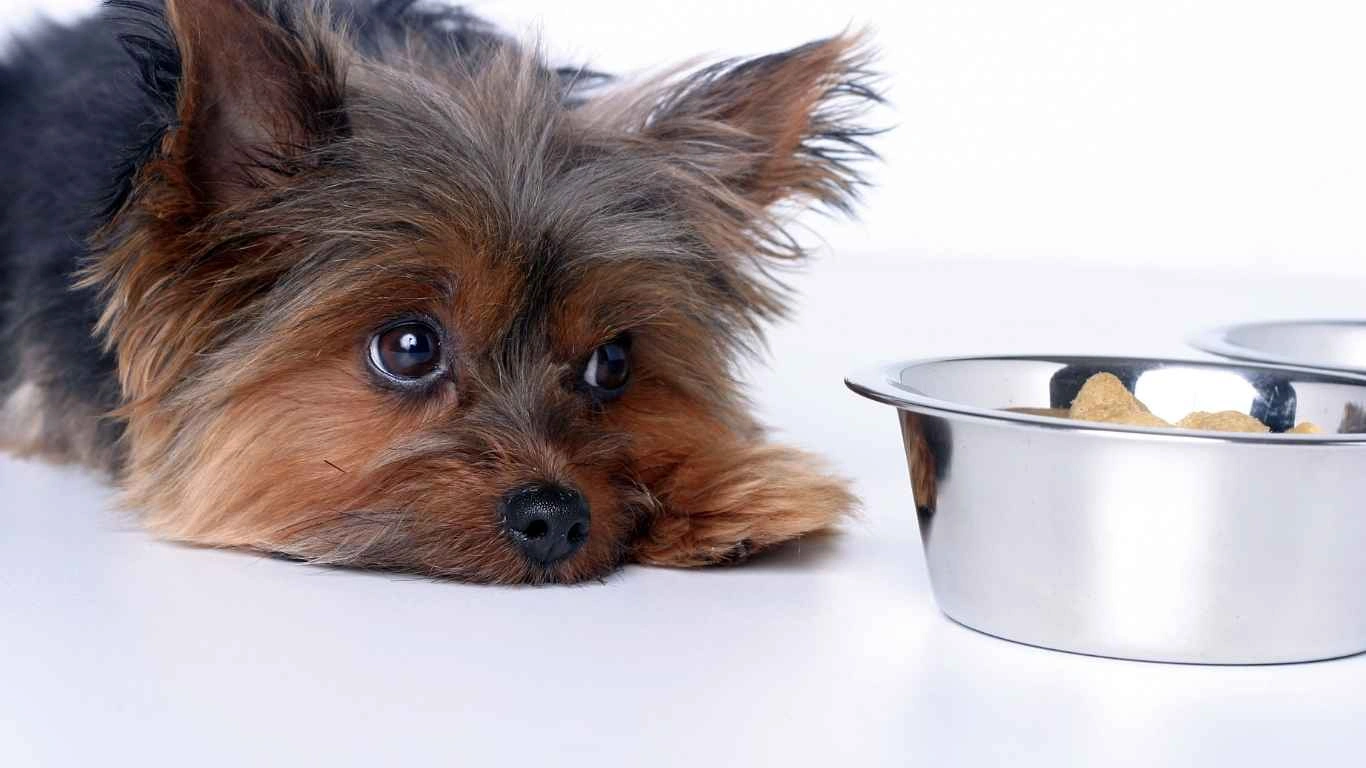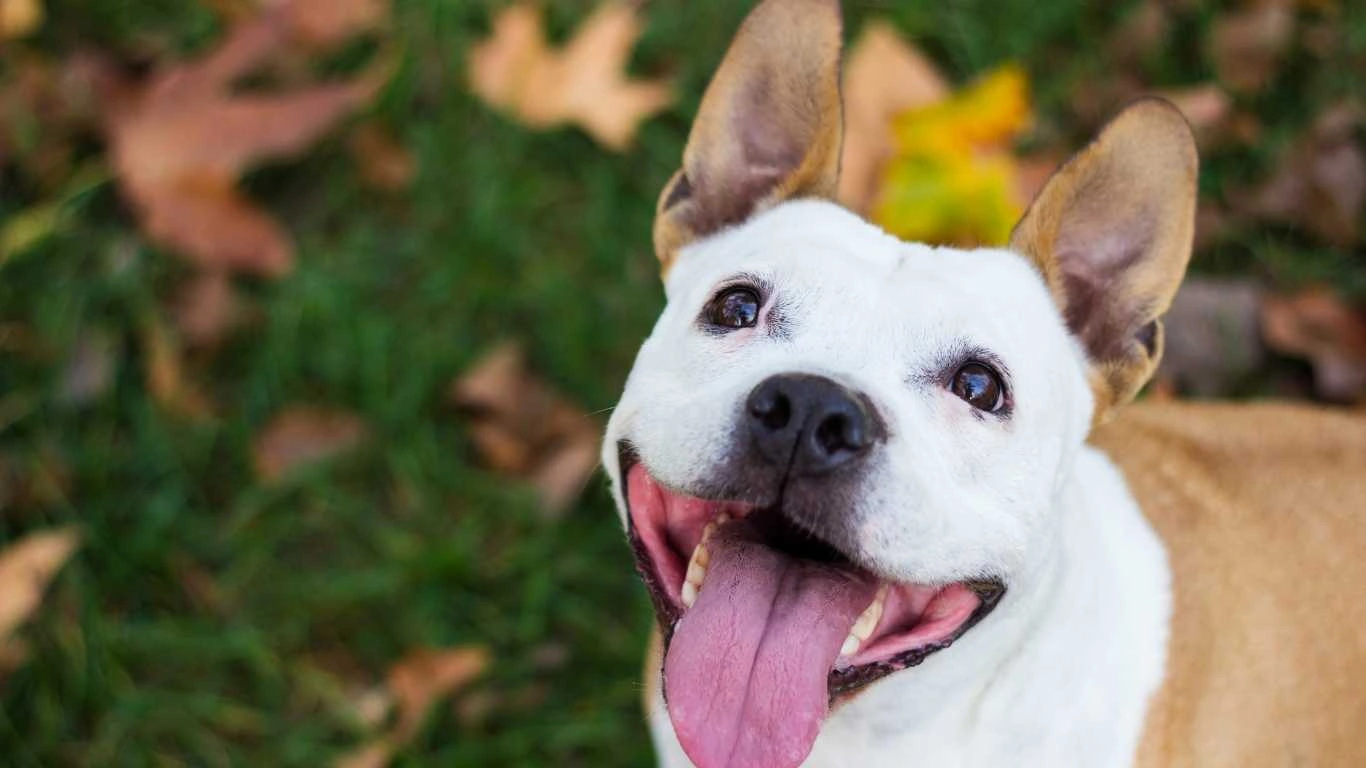Best Dog Nutrition Tips for a Healthier, Happier Pup
Feeding your pup the right way isn’t just about filling their bowl with kibble—it’s about ensuring they thrive. As a pet nutritionist with experience in veterinary clinics, I’ve seen firsthand how diet can impact a dog’s energy levels, coat health, and even behavior. If you’re looking for the best dog nutrition tips, you’re in the right place. Let’s break down what it really takes to give your furry friend the healthiest diet possible.
Understanding Your Dog’s Nutritional Needs

Dogs aren’t just small, furry humans—what works for us doesn’t always work for them. Their diet should be tailored to their species-specific needs, which means focusing on high-quality proteins, essential fats, and the right balance of vitamins and minerals.
Protein: The Building Block of Canine Health
Dogs are natural carnivores, and protein is a crucial part of their diet. It supports muscle development, immune function, and energy levels. I always recommend looking for foods with real meat as the first ingredient, such as:
- Chicken, beef, or fish (great sources of lean protein)
- Eggs (a fantastic protein booster)
- Organ meats like liver (packed with nutrients)
When I worked in a veterinary clinic, I often saw dogs with low energy levels simply because their diet lacked sufficient protein. Switching to a high-protein, high-quality diet made a world of difference.
Healthy Fats for a Shiny Coat and Brain Health
Fats aren’t the enemy! In fact, they play a critical role in brain function and skin health. Omega-3 and Omega-6 fatty acids help keep your dog’s coat glossy and their joints healthy. Here’s where to find them:
- Fish oil (salmon oil is my go-to!)
- Flaxseed (a plant-based Omega-3 option)
- Chicken fat (a natural source of essential fatty acids)
One time, a client’s Golden Retriever was struggling with dry, itchy skin. After adding a daily dose of fish oil to his meals, his coat transformed from dull to dazzling within weeks!
Choosing the Right Type of Dog Food

Not all dog food is created equal, and knowing what to look for can make all the difference. Here’s a breakdown of the most common options:
Kibble: Convenient but Choose Wisely
Kibble is the go-to for many pet parents, but not all brands are equal. Look for formulas that:
- List meat as the first ingredient
- Avoid fillers like corn, soy, and artificial additives
- Contain added probiotics and fiber for digestion
Many commercial kibbles are loaded with unnecessary carbs, which can lead to weight gain. I always advise my clients to read the ingredient list before buying.
Wet Food: A Tasty and Hydrating Option
Wet food can be a great addition to your dog’s diet, especially for hydration. Dogs that don’t drink enough water benefit from the moisture content in canned food. Some benefits include:
- Higher protein content than many kibbles
- Fewer preservatives compared to dry food
- More palatable for picky eaters
If your dog turns their nose up at kibble, mixing in a little wet food can make mealtime more exciting.
Raw vs. Home-Cooked Diets: Are They Worth It?

Many pet parents ask me whether a raw or home-cooked diet is better. The answer? It depends on your lifestyle, budget, and how much time you can dedicate to meal prep.
The Raw Diet Debate
Feeding raw has gained popularity, but it comes with risks and benefits. Pros include:
- High protein content mimics a natural canine diet
- No preservatives or artificial additives
- Shinier coats and improved digestion
However, raw diets require careful planning to avoid nutritional imbalances. Plus, there’s the risk of bacterial contamination if not handled properly.
Home-Cooked Meals: A Labor of Love
If you prefer to cook for your dog, it’s important to ensure their meals are nutritionally complete. This means balancing:
- Proteins (chicken, beef, turkey)
- Healthy carbs (sweet potatoes, brown rice)
- Essential vitamins and minerals (calcium, taurine, omega fatty acids)
One of my clients once switched her senior dog to a home-cooked diet due to food sensitivities. With the right balance of nutrients, her pup’s energy levels improved dramatically!
Portion Control: How Much Should You Really Feed Your Dog?

One of the most common mistakes I see pet parents make? Overfeeding! I get it—those puppy eyes are hard to resist. But feeding your dog the right amount is just as important as choosing the right food. Portion control helps prevent obesity, digestive issues, and unnecessary health complications down the road.
Determining the Right Amount
Every dog is different, and their food intake depends on factors like:
- Age (puppies eat more frequently than adults)
- Breed and size (a Great Dane eats more than a Chihuahua—obviously!)
- Activity level (high-energy dogs burn more calories)
- Metabolism and health conditions
Most high-quality dog food brands provide a feeding guide on the package, but that’s just a starting point. When in doubt, consult your vet or a pet nutritionist (like me!) for personalized advice.
The 10% Rule for Treats
Treats are great for training and bonding, but they shouldn’t exceed 10% of your dog’s daily calorie intake. If you’re using high-calorie treats, adjust their regular meals accordingly. Healthy treat options include:
- Carrot sticks (low-cal and crunchy!)
- Blueberries (packed with antioxidants)
- Lean meats (boiled chicken, turkey, or beef)
Trust me, your dog will be just as happy with a crunchy carrot as they would be with a processed treat.
Hydration: The Overlooked Key to Canine Health

We focus so much on food that we sometimes forget about water. Hydration is just as crucial for dogs as it is for us. Dehydration can lead to kidney issues, low energy, and overheating—especially in the summer months.
How Much Water Does Your Dog Need?
As a general rule, dogs should drink 1 ounce of water per pound of body weight each day. But this can vary based on:
- Activity level (active dogs need more water)
- Diet (kibble-fed dogs need more water than wet/raw-fed dogs)
- Weather (hot days mean increased hydration needs)
When I worked in a clinic, I saw a Labrador who had been experiencing frequent UTIs. Turns out, he just wasn’t drinking enough water! His owner started adding water to his kibble, and the issue disappeared.
Encouraging Your Dog to Drink More
If your dog isn’t drinking enough, try these tricks:
- Add water or broth to their kibble
- Use a pet water fountain (dogs love running water!)
- Offer ice cubes as a fun hydration boost
Keeping their water bowl clean and fresh is also essential. Nobody likes drinking from a slimy bowl!
Recognizing and Avoiding Harmful Ingredients

Not all dog food ingredients are created equal. Some can actually do more harm than good. As a pet nutritionist, I always tell my clients to read ingredient labels carefully and avoid these common offenders:
Artificial Additives and Preservatives
Certain artificial preservatives have been linked to allergies and even cancer. Watch out for:
- BHA and BHT (used in some kibbles)
- Ethoxyquin (found in some fish-based foods)
- Artificial colors and flavors
Natural preservatives like vitamin E (tocopherols) and vitamin C are much safer options.
Fillers That Offer No Nutritional Value
Some brands bulk up their food with cheap fillers that do nothing for your dog’s health. Avoid:
- Corn, wheat, and soy (common allergens)
- By-products (vague and low-quality protein sources)
- Excessive starch (leads to weight gain and digestive issues)
High-quality brands prioritize whole-food ingredients over fillers. Always go for quality over quantity!
Probiotics and Supplements: Do Dogs Need Them?
Just like humans, dogs can benefit from probiotics and supplements, especially if they have digestive issues, joint problems, or skin allergies.
When to Consider Probiotics
Probiotics help maintain a healthy gut and improve digestion. They’re particularly useful for dogs who:
- Have frequent tummy troubles
- Take antibiotics (which can disrupt gut bacteria)
- Have food sensitivities
I once worked with a French Bulldog who had chronic diarrhea. A daily probiotic made a huge difference in his digestive health!
Beneficial Supplements for Dogs
Depending on your dog’s needs, the right supplement can support their overall health. Popular options include:
- Fish Oil: Promotes a shiny coat and reduces inflammation
- Glucosamine & Chondroitin: Supports joint health, especially for older dogs
- Multivitamins: Fills in nutritional gaps in homemade or commercial diets
Always consult your vet before introducing new supplements to ensure they’re the right fit for your pup.
Homemade vs. Commercial Dog Food: Which One is Best?

One of the biggest debates in pet nutrition is whether homemade or commercial dog food is the better choice. I’ve had countless clients ask me, “Should I cook for my dog instead of buying kibble?” And my answer? It depends. Each option has its pros and cons.
Benefits of Homemade Dog Food
Homemade meals can be an excellent choice if done right. Some advantages include:
- Full control over ingredients: You know exactly what your dog is eating.
- No artificial preservatives: Fresh, whole foods are always a plus.
- Customizable for special diets: Ideal for dogs with allergies or sensitivities.
That said, homemade meals require a lot of research and planning. I’ve seen well-meaning pet parents accidentally create nutrient deficiencies because they weren’t balancing meals properly. If you’re considering a home-cooked diet, work with a veterinarian or pet nutritionist to ensure your dog is getting everything they need.
Why High-Quality Commercial Food Can Be a Good Choice
Not all commercial dog food is bad. In fact, many premium brands use high-quality ingredients and are backed by veterinary nutritionists. Some benefits include:
- Convenience: No need for meal prepping.
- Complete and balanced nutrition: Formulated to meet your dog’s dietary needs.
- Long shelf life: Easier to store than fresh food.
If you choose commercial food, look for brands that use whole food ingredients, avoid fillers, and meet AAFCO standards.
Transitioning to a New Diet: Do’s and Don’ts

Switching your dog’s diet isn’t as simple as swapping out their old food overnight. A sudden change can cause digestive upset, leading to diarrhea, vomiting, or refusal to eat. I always recommend a gradual transition over 7-10 days.
How to Safely Change Your Dog’s Food
- Start by mixing 25% new food with 75% old food.
- After 2-3 days, increase to 50% new food and 50% old food.
- If your dog is tolerating the change well, move to 75% new food and 25% old food.
- By day 7-10, your dog should be fully transitioned to the new diet.
Some dogs adjust faster than others. If you notice any digestive issues, slow the transition process or consult your vet.
Common Mistakes to Avoid
Over the years, I’ve seen a few common mistakes pet owners make when switching diets. Avoid these pitfalls:
- Changing too quickly: Causes digestive issues.
- Not monitoring stool consistency: Loose stools can indicate the food isn’t a good fit.
- Ignoring hydration: Make sure your dog is drinking plenty of water.
Every dog is different, so patience is key when making dietary changes.
Final Thoughts on Best Dog Nutrition Tips
Providing your pup with proper nutrition is one of the best ways to ensure they live a happy, healthy life. Whether you’re choosing the best dog food, supplementing with fresh ingredients, or fine-tuning portion sizes, small changes can have a big impact.
From my experience in veterinary clinics, I’ve seen firsthand how diet affects a dog’s energy levels, coat health, and even behavior. A well-fed dog is a thriving dog! If you’re ever unsure about what’s best for your pup, consult a veterinary professional or a certified pet nutritionist.
References
- American Kennel Club (AKC)
- Association of American Feed Control Officials (AAFCO)
- American Veterinary Medical Association (AVMA)
Disclaimer
This article is for informational purposes only and should not replace professional veterinary advice. Always consult with a licensed veterinarian before making significant changes to your dog’s diet.






